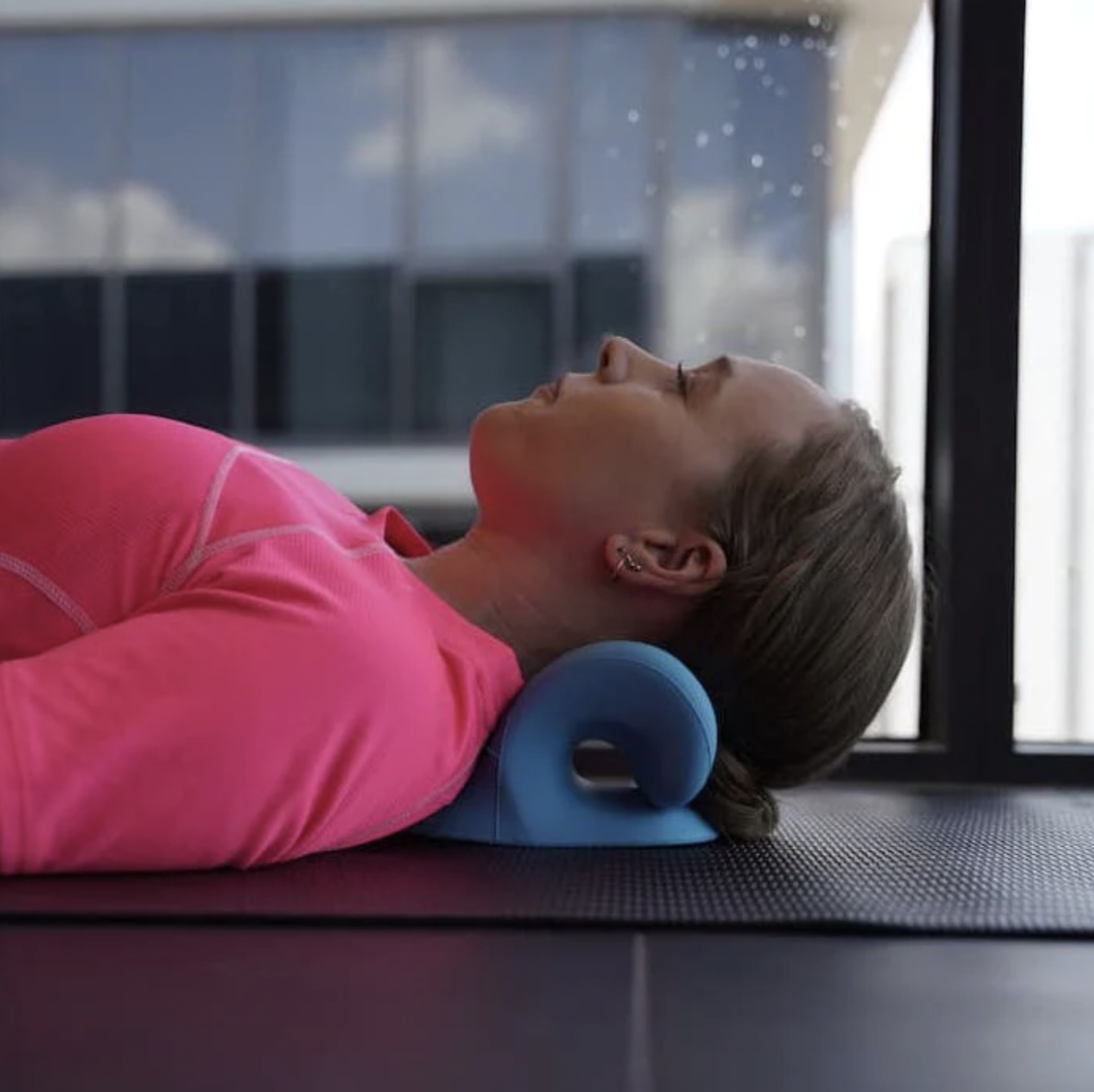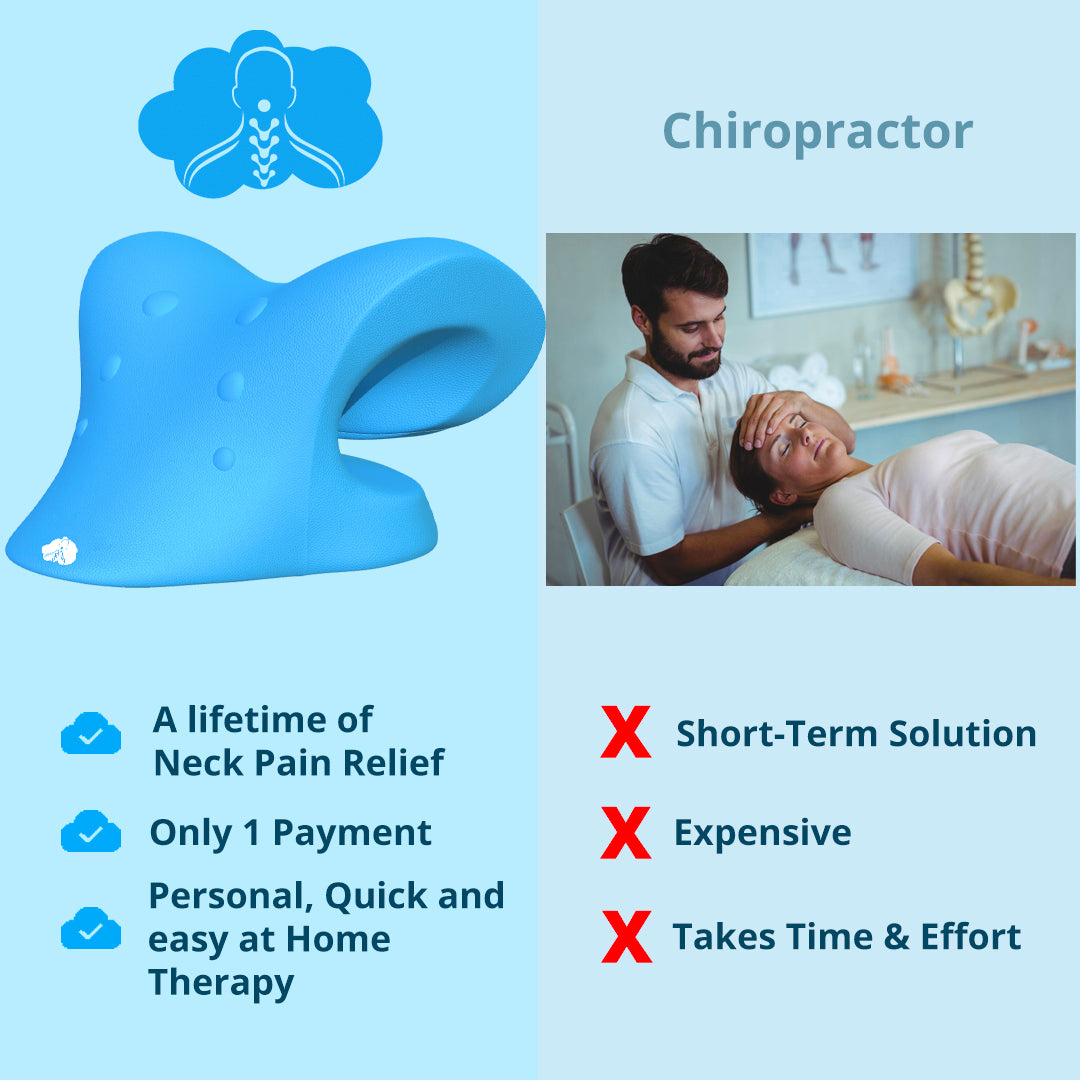Neck Discomfort in the Workplace: Determining Risk Factors and Implementing Ergonomic Solutions
Neck pain in the work environment is a common problem that can influence worker well-being and performance. By comprehending the numerous risk factors adding to neck discomfort and implementing ergonomic options, companies can produce a much more helpful workplace. Identifying these elements is important in creating targeted approaches to reduce discomfort and protect against future injuries. Attending to ergonomic concerns not just improves employee health and wellness yet additionally promotes total task satisfaction and performance.
Typical Reasons of Neck Discomfort
Neck discomfort in the work environment is a widespread issue that can be connected to numerous common causes. In addition, repeated movements such as constant bending, turning, or getting to can likewise contribute to neck discomfort over time.

Ergonomic Threat Variables
Poor ergonomics in the office can significantly contribute to neck discomfort among employees. Factors such as improper workdesk height, inadequate chair support, and awkward positioning of computer system monitors can all play a duty in the growth of neck pain. When staff members are compelled to rest for extended durations ready that stress their neck muscle mass, it can bring about stiffness, soreness, and much more severe bone and joint problems over time.
Furthermore, bad ergonomic practices can lead to workers taking on awkward stances while functioning, such as craning their necks to see a computer system display or getting to uncomfortably for a computer mouse or key-board. neck cloud. These abnormal settings and recurring activities can place excessive tension on the neck and bordering muscular tissues, resulting in pain and decreased efficiency

Workdesk Configuration Recommendations
To minimize the threat of neck discomfort and discomfort, there are several desk arrangement recommendations that employees ought to think about. Guarantee that the computer system display is placed at eye level to visit this site stop straining the neck by looking up or down.
It is also important to have ample lights to minimize eye strain, as scrunching up your eyes or leaning onward can lead to neck stress. Arrange the workdesk layout to maintain frequently made use of products within arm's reach, restricting the requirement for repetitive turning or reaching activities. By executing these workdesk configuration referrals, workers can develop a more ergonomic workspace that sustains neck health and minimizes the risk of establishing occupational neck pain.
Extending and Workout Tips
Straightforward desk-friendly stretches can aid reduce neck pain and protect against stiffness. Neck rolls, shoulder shrugs, and gentle side-to-side neck stretches are effective in easing tension.
Setting tips or utilizing apps that prompt activity can assist establish a normal extending routine. By prioritizing these activities, you can boost your physical wellness, decrease the threat of neck discomfort, and enhance your overall efficiency in the office.
Value of Normal Breaks
In a busy workplace where needs can add to physical pressures like neck pain, developing a routine that emphasizes the significance of routine breaks is extremely important (neck cloud). Taking normal breaks throughout the workday is essential for preventing and easing neck pain. Long term periods of sitting or recurring tasks can bring about muscle stress and stiffness in the neck and shoulders. By integrating brief breaks into the job routine, employees can minimize the danger of creating neck discomfort and improve general comfort and productivity.
These breaks can additionally offer as a possibility for employees to practice leisure strategies or mild neck stretches, additionally promoting musculoskeletal wellness. Applying a culture that values and prioritizes regular breaks can have a substantial effect on minimizing neck discomfort and look these up improving total wellness in the workplace.
Conclusion
To conclude, attending to ergonomic risk elements and implementing correct workstation configurations are vital in decreasing neck discomfort in the workplace. By advertising great stance, supplying ample support, and motivating routine breaks and stretches, companies can produce a much healthier and much more effective job setting for employees. Focusing on employee health through ergonomic remedies is key to avoiding discomfort and enhancing general workplace satisfaction.
Neck discomfort in the office is a widespread issue that can impact employee wellness and performance. By identifying and attending to these common reasons of neck discomfort in the workplace, employers can take positive actions to develop a more ergonomic and comfortable job setting for their employees.
Poor functional designs in the office can substantially add to neck pain amongst workers. By carrying out these workdesk arrangement recommendations, workers can develop an extra Read Full Report ergonomic work area that supports neck health and wellness and minimizes the threat of creating work-related neck pain.
Neck rolls, shoulder shrugs, and gentle side-to-side neck stretches are reliable in soothing tension.